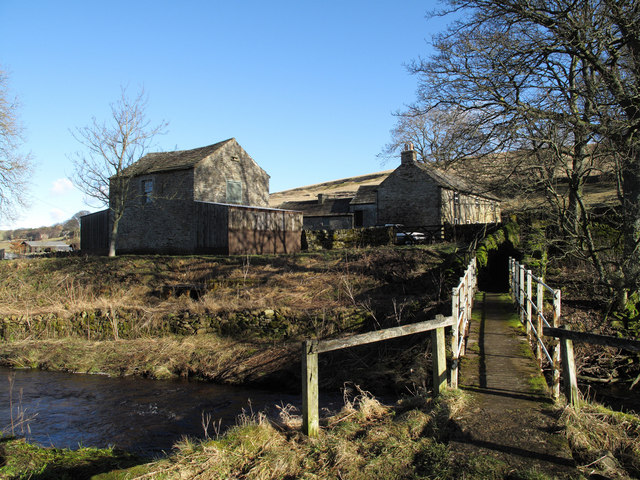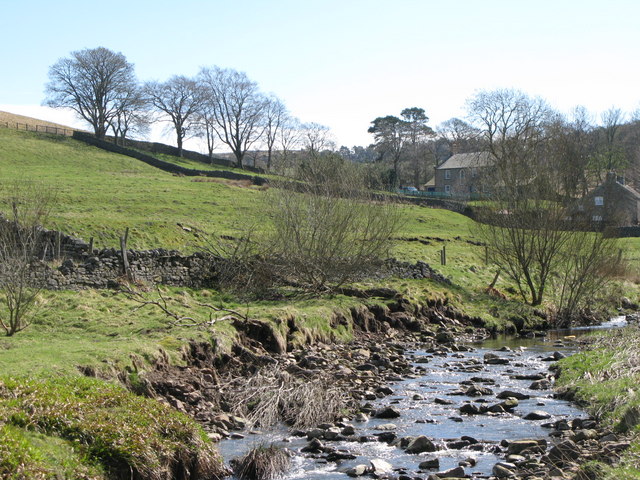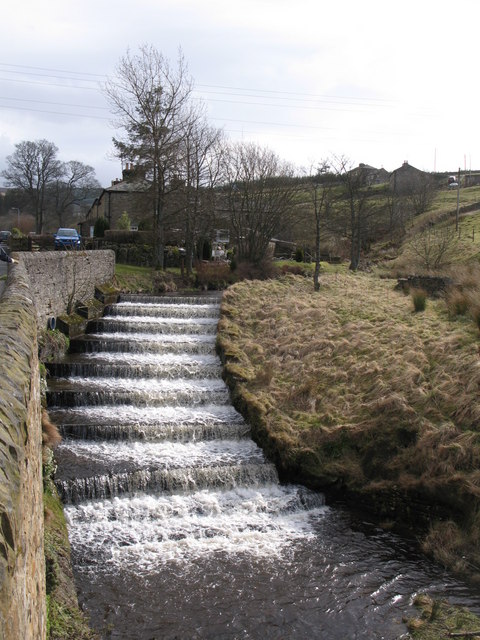Topics > People in History > Edward Fenwick Boyd (1810 - 1889)
Edward Fenwick Boyd (1810 - 1889)
Edward Fenwick Boyd (30 August 1810 – 31 August 1889)
Edward Fenwick Boyd (30 August 1810 – 31 August 1889) was an English industrialist who became the fourth President of the North of England Institute of Mining and Mechanical Engineers (NEIMME). He held a leading role in the Mining Institute from its inauguration in 1852 as Treasurer and a member of the council before becoming the fourth president in 1869. As president, Boyd oversaw the installation of the Nicholas Wood Memorial Hall (the Mining Institute's headquarters in Newcastle upon Tyne) and the Newcastle College of Physical Science.
Early life
Edward Fenwick Boyd was born on 30 August 1810 at Moor House, Leamside Durham. He was the third son of William, a banker and partner in the Newcastle Old Bank, and Esther (née Locke) Boyd. His earliest experience of education was with Henry Atkinson at the High Bridge, before attending Witton-le- Wear Grammar School in 1821 for the subsequent five years. It was here he found a passion and talent for art. Upon leaving school he ‘served his time’, firstly, at Cocken White House Pit before moving to Bowes’ House Pit where he met Thomas Crawford, manager of Lord Durham’s extensive collieries. It was believed that Boyd’s connection with Crawford provided him with his initial understanding of the business. Between October 1830 and May 1831, Boyd attended Edinburgh University however he maintained a connection with the mining industry at Towneley Main Colliery. Upon his return from University, he accompanied Mr Matthias Dunn, a mine Inspector, on visitations to various collieries in Scotland including Prestongrange, Kilmarnock, Middleton and Dalmellington in Ayrshire. Through this connection and work with Mr Dunn, Boyd obtained his first appointment as under viewer and surveyor at Hetton-le-Hole Colliery in 1832. Five years later, Boyd moved to Urpeth and became resident viewer of Urpeth Colliery. In addition to this, 1837 also saw Boyd’s appointment as mineral agent to the Dean and Chapter of Durham, after the retirement of Mr T. Fenwick, as well as the opportunity of becoming manager of Wylam Colliery on behalf of the Blackett family.
Personal life
As his professional life was beginning to kick start, also was his personal life. In 1841 he married Ann, daughter of George Anderson, and soon began a family. Between 1846 and 1852 the couple went on to have four children; Juliana, George, Robert and Hugh and in 1856 Boyd bought the property at Moor House and built himself and his family a house. He resigned his position as manager of the Urpeth Colliery and was 'proposing to take life somewhat more easily'. However the fall of the Northumberland and Durham District Bank during the financial crisis of 1857 meant this was no longer possible. The bank engulfed his inheritance from his father as well as his private savings leaving him with a young family in need of education with very minimal funds to do so hence he was forced to begin rebuilding his fortunes a fresh. He continued with his previous ventures and took on many new agencies making this time of his life the busiest to date. In 1858 he became Chief Mining Engineer of the Consett Iron Company and until 1872 he directly superintended the working of their various collieries.
Formation of the North of England Institute of Mining and Mechanical Engineers
Disasters such as the explosion at St Hilda’s Colliery in 1839 brought about an awareness amongst miners and men working within this community of the need for a society with fixed rules and aims within the mining community in the hope of preventing such disasters. As a result, the South Shields Committee recommended the introduction of the compulsory registration of mine plans, a system of government inspections, the prohibiting of the employment of women and children below ground and the need for a better scientific education of the Mining Engineers. However, it was not until 1850 that legislation was passed requiring collieries to appoint inspectors. Mine plans were expected to be kept and produced and all fatal accidents were to now be reported to the Home Office. Similar to the disaster at St Hilda’s, an explosion at Seaton Colliery on 9 June 1852 acted as a catalyst for the founding of the NEIMME. Leading figures such as Nicholas Wood, T.E. Forster, Sir George Elliot, 1st Baronet and Edward Sinclair (all of which were present at the inquest of the Seaton explosion) joined forty four coal owners and subsequently founded ‘The North of England Society for the Prevention of Accidents and for other Purposes Connected with Mining’. At a second meeting the society changed its name to the more pointed ‘The North of England Institute of Mining Engineers’ and it was not until 1870 when it opened its doors to Engineers that its title was adapted again to ‘The North of England Institute of Mining & Mechanical Engineers’. The aims of the society ultimately were to search for the causes of mining accidents exemplified at Seaton and St. Hilda’s, improve the ventilation of mines and to generally improve the safety and conditions of mines. Boyd played a significant role in the foundation of the North of England Institute of Mining and Mechanical Engineers and his reliability led to his appointment as Treasurer from the inauguration of the NEIMME until 1869. In addition to this role, Boyd worked closely alongside the first President, Nicholas Wood, in his efforts towards creating a schooling system for Mining Engineers as well as projects such as ‘On a "wash" or "drift" through a portion of the coal- field of Durham’ which they presented to the members of the Mining Institute in December 1863. His dedication and hard working ethic resulted in his election as the fourth President of the NEIMME in 1869 following that of George Elliot. During his time in office he worked excessively on the opening of the Nicholas Wood Memorial Hall, which was to become the home of the Mining Institute, and pursued the work of Nicholas Wood in the foundation of the College of Physical College.
College of Physical Science
The foundation of the College of Physical Science in 1871, the fore-runner of Newcastle University, is considered to be one of Boyd’s most significant achievements during his presidency. Schooling was a hot topic amongst the leading members since the founding of the NEIMME and the formation of a college was desired by Nicholas Wood himself. It was believed by many that schooling was essential for men in this field as no other branch of engineering required such diversified training and practise as that of a Mining Engineer. With mines being sunk deeper, mining was growing increasingly more difficult and dangerous therefore the education and professionalization of this role was deemed to be more essential. Nicholas Wood drew up an outline for a possible course lasting three years, intending for it to be purely practical and industrial in character. It was hoped that the college would be independent, however due to costs this was not feasible, hence it was decided that the College of Mining and Engineering was to be located at Durham in connection with Durham University. The University would provide and pay two professors; one of mathematics and natural philosophy and the other of applied mechanics, on the grounds that their service would be useful to both institutions. The College itself was required to provide three more; professors of Chemistry, Geology and Mine Working and Surveying and plan-drawing and Practical Engineering. With such constraints, the Miners were required to raise money for both the building and the salaries of the remaining professors. This attempt was disappointing and ultimately led to the temporary abandonment of the project. After the death of Nicholas Wood, the subsequent two presidents, T.E. Forster and George Elliot, made little effort to revive the project and it was not until the appointment of Edward Fenwick Boyd that the project was resurrected. He championed the importance of education and argued that workmen needed to be well directed. It was believed that managers would provide encouragement and direction, bring about punctuality, self-reliance, obedience and education,. He brought in a new initiative and successfully developed a connection with the Dean of Durham University. Boyd had been involved in the early talks regarding the formation of a College but he believed these were unsuccessful and unproductive due to a number of reasons, the most significant being the disagreements regarding the location of the College and the problems surrounding funding. Fortunately, Boyd’s presidency fell during a period of flourishing trade in the district in which there was a strong demand for young men of ability and energy to manage the industries of the area. With a growth in prosperity and a demand for training in such industries, Boyd was led to believe that the community would be more forthcoming, economically and socially, with supporting the foundation of the college. Boyd believed education would ‘elevate the general tone of the community, and conduce to the honour and prosperity of the nation, and enable it to develop the vast industrial advantages which it possesses’. With the appointment of the new Dean at Durham University, William Lake (Dean of Durham), Boyd, with help from Lowthian Bell, again attempted to lay a case for the College to be based in Newcastle upon Tyne. A committee was finally appointed on 9 November 1869 by the Mining Institute to confer with the Principals of Durham University. Many private discussions took place between Lake, Boyd and Lowthian Bell and a basic agreement was reached. A public meeting held in Newcastle on 25 March 1871 acted as the backdrop for the proposals from the Committee. Lake proposed that the University of Durham were to give £1000 per annum for six years towards the expenses of establishing a College at Newcastle, provided that a similar sum for the like term could be guaranteed from other sources. The offer was accepted and advanced by the promise that aid would be made permanent if a sum to ensure the continuance of the support could be obtained. As previously stated, with the more prosperous nature of society, it was decided by the committee to appeal to the public for £30,000 with the desire that the College should be opened at its earliest opportunity, October 1871. In its first year of teaching the College had eight teaching staff, one hundred and seventy three students and offered instruction in four subjects; Mathematics, Physics, Chemistry and Geology, all of which expanded in the subsequent years. Although it offered a wide variety of subjects, the College upon its opening did not offer Mining Engineering as an individual subject as it believed it could not be taught in the classroom but that practical experience was as vital as a good general and scientific education. Numerous influential figures commented on the importance of the education of a Mining Engineer and the advantages of Physical Science upon the opening of the College. The Dean of Durham commented on these advantages in a speech to the Institute regarding the inauguration of the Newcastle College of Physical Science expressing that the teaching of Physical Science trains to observe and inquire, shorten the gap between ideas and actual facts about nature and it also has a direct bearing on the business life. A student of such a discipline is trained to those rules of induction, of experiment and of verification and it gives a large knowledge of the immense world of material truth which nature can reveal. Likewise, Professor John Young of the University of Glasgow commented on the education of a Mining Engineer as ‘one whom is credited sufficient knowledge of the conditions under which minerals occur in the earth and render him a reliable advisor, know the qualities of mineral so as to decide on the worth of any that maybe found, sufficient mechanical skills to conduct all the operations connected with the extraction of the mineral from the earth. They should be a Geologist and a Mineralogist as well as a Civil Engineer’ hence, the addition of Mining Engineering to the syllabus.
Opening of the Nicholas Wood Memorial Hall
Alongside the opening of the College of Physical Science, Boyd’s presidency was also recognised for his involvement in the opening of the Nicholas Wood Memorial Hall. The hall was erected in 1870, by public subscription, as a memorial to Nicholas Wood, the first President of the North of England Institute of Mining and Mechanical Engineers, after his death in December 1865. It was opened in the July of 1872 by the then President of the Mining Institute, Edward Fenwick Boyd, The Very Rev. the Dean of the Durham, the Mayor of Newcastle and numerous members of the town council.
It was erected primarily for the accommodation of the members of the coal trade as well as mining and Mechanical Engineers of the North of England and it has been the home of the Mining Institute ever since. It was designed and built in the height of the Gothic revival by architect A.M. Dunn and it contains a large marble statue of a seated Nicholas Wood, created by Mr Wyon, overlooking the library. Today it continues to be of educational importance. It houses numerous documents, transactions, maps and books stemming from its origins in 1852. The addition of the lecture theatre in 1902 expanded this educational element and is used to host speakers and lectures based on numerous elements related to the mining industry ranging from ‘Migrant Miners’ to ‘Colliers Viewers, Engineers and the Making of the Modern World’.
Later life
The ending of Fenwick Boyd’s presidency in 1872 did not see the end of him as a member of the Institution; he continued as a member of the council until 1882. In 1875, he joined forces with his son Robert Fenwick Boyd to produce a paper on "The Coal- Measures and Oil Produce of the United States of America". This venture took them to the United States of America to gather information on the origins and production of the mineral oil. This paper was the last of Edward Fenwick Boyd’s work to be read and disputed before the members of the Mining Institute before turning his focus and the remainder of his life to serving as a magistrate for the county. He devoted the rest of his time and health to the law and to county business. However, as his physical health began to deteriorate in 1883 he was forced to retire back to Moor House ending all activity in both the court room and the Institute and he was put under the care of his daughter until his death on 31 August 1889.
In addition to the published work of Edward Fenwick Boyd, his time as President of the Institute saw the opening of the College of Physical Science and the Nicholas Wood Memorial Hall; both of which were highly influential and significant projects. His involvement in projects such as these demonstrates his dedication and passion for the North of England Institute of Mining and Mechanical Engineers.
Visit the page: Edward Fenwick Boyd for references and further details. You can contribute to this article on Wikipedia.
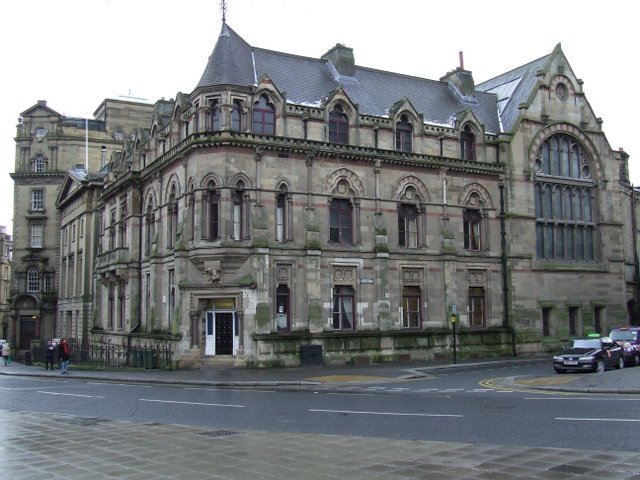
Co-Curate Page
North of England Institute of Mining and Mechanical Engineers
- Overview About the Institute Notable Members The North of England Institute of Mining and Mechanical Engineers (NEIMME) was founded in 1852 and its first chairman was Nicholas Wood. The Mining …
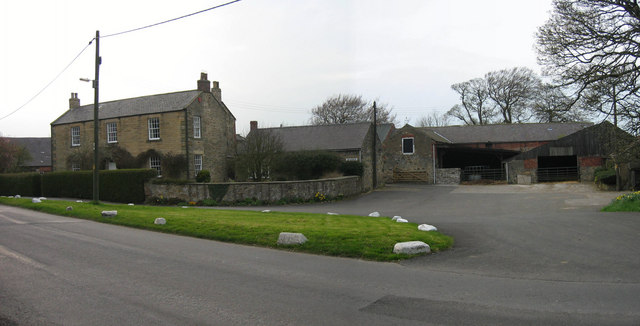
Co-Curate Page
Urpeth
- Overview About Urpeth Map Street View Parish Urpeth is a village and civil parish in County Durham. Village: the village of Urpeth is located just east of Ouston and about …

Co-Curate Page
Urpeth Colliery (1835 - 1957)
- Sinking of Urpeth Colliery, also known as Low Urpeth Colliery, began in c.1831. However, there had been coal mining in the area for many years; boring operations were in recorded …


Co-Curate Page
North of England Institute of Mining and Mechanical Engineers
- Overview About the Institute Notable Members The North of England Institute of Mining and Mechanical Engineers (NEIMME) was founded in 1852 and its first chairman was Nicholas Wood. The Mining …

Co-Curate Page
Urpeth
- Overview About Urpeth Map Street View Parish Urpeth is a village and civil parish in County Durham. Village: the village of Urpeth is located just east of Ouston and about …




